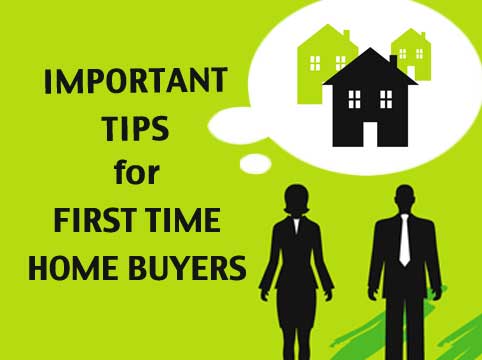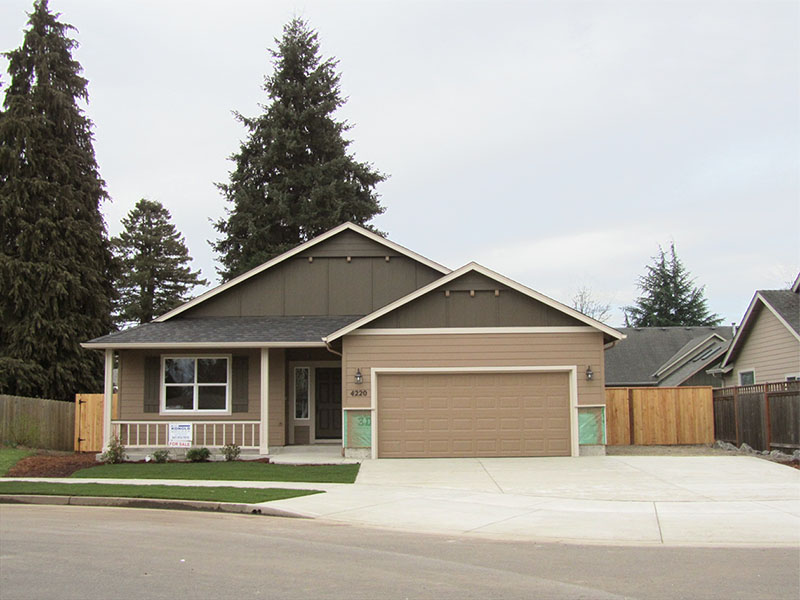Helpful Tips for First Time Home Buyers
Good Morning!
With mortgage interest rates remaining extremely low, many first time buyers are making the choice to purchase a home now instead of gambling on waiting. If you are a first time home buyer or if you know of someone thinking about purchasing their first home, here are some tips that just might help with the home purchase process.
 First-Time Home-Buyers: Know What You Can Afford
First-Time Home-Buyers: Know What You Can Afford
The hardest part of the home-buying process is figuring out what is affordable. Some first-time buyers rely on the amount the bank is willing to lend. Others use a lender’s mortgage calculator to crunch a couple of numbers. However, banks are often willing to lend much more than you can afford, and mortgage calculators don’t always tell the whole story. To learn how much home you can afford, start with the basics.
How Much Can You Pay Each Month?
Rather than focusing on the purchase price or lender offers, decide how much you can spend on a mortgage payment each month. A common rule of thumb is that your mortgage payment should be between 25 and 30 percent of your income. In truth, 30 percent is too high for many people. The only reliable way to determine what you can afford is by adding all of your monthly bills and expenses. Make sure to get estimates of what your new utilities will cost based on the size of the home you plan to purchase. For area specific rates, consult local service providers or your real estate agent.
Remember to include cost of living changes as well. Even over small distances, the price of gas, groceries and other necessities can change dramatically. Long-term savings is another overlooked cost. Do not make the mistake of assuming that future wage increases will allow you to save money later on. It is a good idea to plan for savings right from the start. Once you are comfortable with your estimates, you can start looking at the other costs that factor into mortgage payments.
Striking the Right Balance with Your Down Payment
The next step of the process is to determine how much you can put down on a home. Save as much as you can, but make sure to set aside some money for appraisals, inspections, closing costs and moving expenses. If you can save enough to put 20 percent down, you will be much more attractive to lenders. Additionally, loan products with a 20 percent down payment requirement are easier to obtain if your credit is less than perfect.
However, if you can’t save that much, don’t be discouraged. There are plenty of ways to buy a home with little to no down payment. However, your interest rates may be a little higher, and you will have to pay private mortgage insurance.
What is Private Mortgage Insurance?
Private mortgage insurance (PMI) is what lenders use to protect themselves from risky borrowers. If you put down less than 20 percent, you will probably have to pay PMI every month as part of your mortgage payment. As your down payment decreases, PMI rates go up. Speak to as many lenders as you can to learn what rates to expect. Make sure to ask how long you will need to pay PMI. Some loans, such as those backed by the Federal Housing Administration, will require you to pay PMI for the life of the loan. Other products will allow you to cancel PMI after you have paid enough towards the principal balance.
How Much Difference does Interest Make?
Interest rates can make or break a loan deal. A slightly higher rate can add a large amount to your monthly payment.
Have An Awesome Week!
THIS WEEKS HOT HOME LISTING!
 4220 Heins Court
4220 Heins Court
Price: $235,000 Beds: 3 Baths: 2 Sq Ft: 1489
Brand New Home with RV Parking! Another beautiful home from builder Gary Konold. Located in cul-de-sac with shopping only a 2 minute drive away! One level home offers laminate wood flrs, granite counters, vaulted & high ceilings and Great Room layou...
View this property >>






